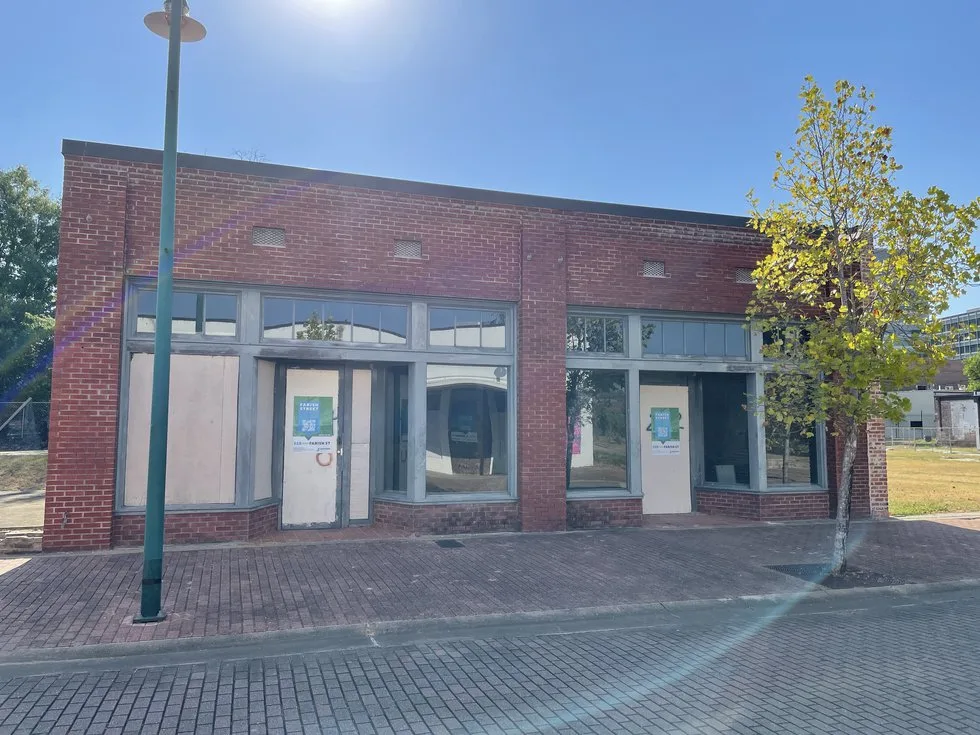JACKSON, Miss. (WLBT) – The shuttered storefronts and empty structures that have come to characterize the historic Farish Street district could soon have new life.
Seven businesses recently committed to moving to the street’s 200 block as part of the first phase of revitalization efforts there, says Alex Lawson, chair of the Jackson Redevelopment Authority.
Lawson wouldn’t say what businesses are coming in, telling WLBT some legalities are still being worked out.
However, he gave the Jackson City Council a preview of what’s on tap during JRA’s budget presentation on Monday.
“We now have restaurants and bookstores and health and beauty stores, arts and culture and an architecture firm, all who have signed agreements to be on the street,” he said. “And I’m an extreme optimist. I’m still holding out hope that someone will be able to break ground this year, but at the very least, the top of next year.”
Lawson admits promises to revitalize Farish Street ring hollow with many.
A 2019 investigation conducted by WLBT and Mississippi Today showed that more than $11 million in taxpayer funds had been spent to revitalize the area in the last forty years but with little to no success.
“We talked to every banker, every politician, all the folks you can think of, and everyone has been burned by something… related to doing work on Farish Street,” he said. “We’ve learned from the lessons of the past, [and] we took a different approach this time.”
During segregation, Farish Street was a hub of economic and cultural activity for the African American community. But the area declined after the passage of the Civil Rights Act of 1964, which empowered Black Jacksonians to visit areas where they were previously shut out.
Numerous studies were commissioned since 1980 to redevelop the area. In 1997, the focus shifted to turning Farish into an entertainment district. That’s when JRA began acquiring property to develop the district.
“We’re still looking for people who can bring an entertainment element to the street, but we’re not limiting ourselves to that effect,” Lawson said. “It will have more of a main street feel similar to what we found to be successful in other parts of the city.”
As for learning from past mistakes, Lawson said JRA is looking at redeveloping the corridor incrementally, rather than all at once.
The agency also is focusing on bringing on developers who won’t need public funding to make their projects a reality.
“Right now, 100 percent of them are looking at using private financing to move this forward,” he said. “They have a good bit of skin in the game in the way that some of the prior developers did not.”

JRA issued a request for proposals earlier this year to develop the 200 block, the stretch of Farish that runs between Amite and Griffith streets.
A second request also was issued to develop the “Soul City Market,” which would be located in a two-story building at the corner of Farish and Amite.
“We’re currently reviewing and considering the proposals that we’ve received for [that],” he said. “The third step would be the 300 block, but that RFP has not been issued.”
Lawson says JRA has yet to commit any public funding for projects but has not ruled out the idea.
“Whether that’s financial assistance or technical assistance, we’re still open to that,” he said. “But right now, we have not committed any major funding outside of the buildings, which we’re considering a mixture of selling some and leasing others.”
Restoring the buildings in the historic corridor will likely be one of the toughest tasks for developers. Many of the structures along Farish have been empty for years and have fallen into disrepair.
“There are issues with roofs that need to be replaced. There are HVAC systems that need to be installed,” he said. “Just your typical work for buildings that have been vacant for a very long time.”
Want more WLBT news in your inbox? Click here to subscribe to our newsletter.
See a spelling or grammar error in our story? Please click here to report it and include the headline of the story in your email.
Copyright 2023 WLBT. All rights reserved.


